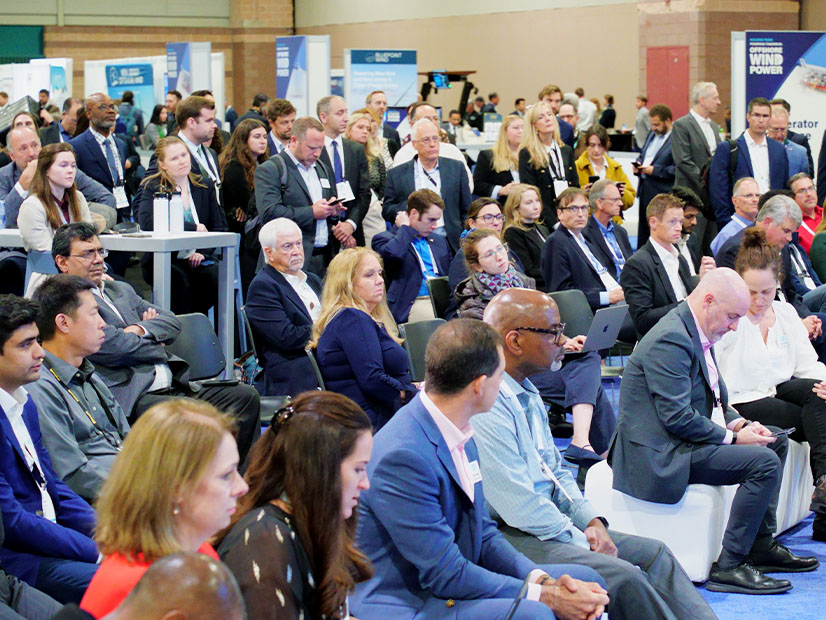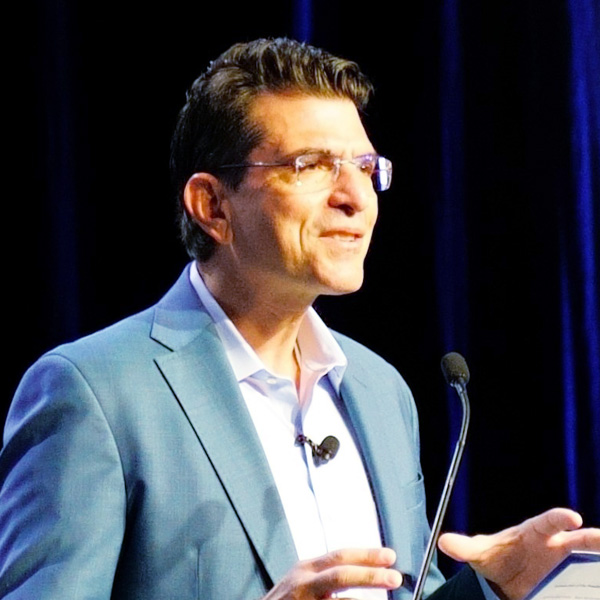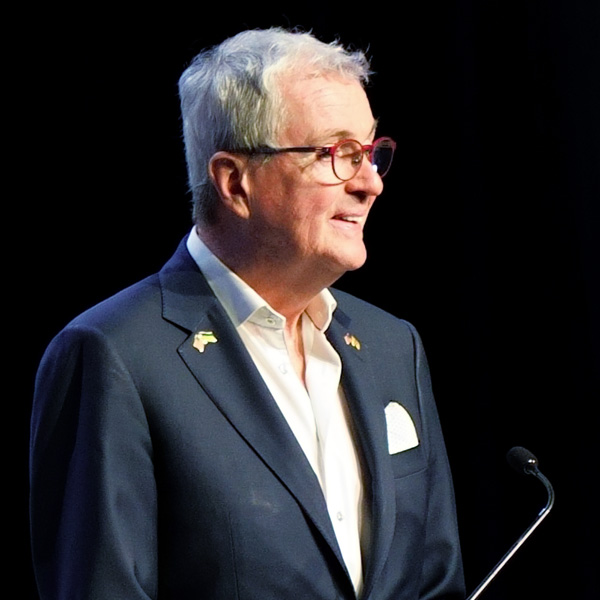
ATLANTIC CITY, N.J. — The 2024 edition of the American Clean Power Association’s WINDPOWER conference was a celebration of achievement by the U.S. offshore wind industry and a recognition of the hurdles it still must cross.
While the regulatory regime facing offshore wind continues to streamline itself, and while the number of turbines in U.S. waters grows almost weekly, important financial and technical challenges remain.
There is also the small matter of the presidential election. Speakers at the microphone Oct. 29 seldom spoke the name “Trump,” but the possibility of the avowed wind turbine hater returning to power clearly was on the minds of the crowd at the Atlantic City Convention Center.
All 10 of the federally approved offshore wind farm plans in U.S. waters have been greenlighted by federal regulators after Trump left office in 2021. He has made various threats and promises to take counteraction as soon as Day 1 of a second term.
American Clean Power CEO Jason Grumet said there is no way to go but forward. He recounted the progress the industry has made even amid the global macroeconomic challenges of the past two years and framed it against the growing demand for electricity.
“If we don’t actually have the power coming from renewable sources like offshore wind, the country’s going to have a choice. When we have a choice between clean power and polluting power, we choose clean power,” he said.
Imagine, Grumet said, the community opposition that would emerge to keeping coal-fired plants online and building a network of natural gas pipelines to power new gas plants.
The push to continue the progress offshore is necessary, he said, but not necessarily easy.
Attendees at the conference were greeted as they arrived by a handful of the offshore wind foes who live along the New Jersey coast.
“It’s hard work and it’s courage. Not easy to try something new, to have careers and communities and tens of billions of dollars resting on your ability to accomplish great things,” Grumet said.
A recurring theme at the conference was winning hearts and minds to build support for offshore wind. A path to this, many speakers said, is demonstrated benefit. One of the driving factors behind offshore wind construction is benefiting the planet, but a key driver for some people is tangible benefits, generally financial.
Sean McGarvey, president of North America’s Building Trades Unions, said his membership initially was skeptical of clean energy jobs, given that many of the members worked in fossil industries and given the low wages and dearth of labor standards in green economy jobs.
“Not that we were climate change deniers, but we were economic [realists],” he said. Unions were looking for a horizontal transition to clean energy, he said, and through the Biden administration’s policies and signature initiatives such as the Inflation Reduction Act, they got it.
“So the fear factor is taken out of losing jobs in old industries.”
Grumet, whose association represents more than 800 companies in the clean power sector, asked: “How are we doing?”
“Nobody bats 100%,” McGarvey replied, “but for most people in the industry, they’re willing to engage, have a conversation.”
He added that organized labor is a value-added proposition — its 1,600 U.S. training centers and 268,000 apprentices can play a key role in growing the skilled workforce that Grumet and many others in the clean energy sector say is greatly undersized.
“There’s only one institution in the world that trains more people in hard skill sets than we do, and that’s the United States military,” McGarvey said.
“Since we are in a rather dynamic moment in our political history,” Grumet said, “how do you think about the policy imperatives for the next four years?”
“Everything depends on next Tuesday,” McGarvey said. A Harris win would be good news for the offshore wind industry, he explained; a Trump win would not.
He said he first encountered Trump in Atlantic City of all places, back in the 1980s when helping build part of the casino company that helped shape the future president’s image.
“You know, there are certain things that are stuck in his brain, and one of them is he really doesn’t like wind,” McGarvey said.
Grumet sat down with Alicia Barton and Joris Veldhoven, CEOs respectively of Vineyard Offshore and Atlantic Shores Offshore Wind and asked for their take on the state of the industry.
Barton pushed back on the tendency to tally failures and challenges. Instead, she pointed to progress made amid those headwinds: 10 projects have been approved, five have started construction and one is complete.
“This is an industry that’s at a size and scale that is very different than we’ve ever been talking about before,” she said, adding, “I’ve been in this conference for a long time.”
Many speakers at WINDPOWER 2024 emphasized the need for continued progress, for tangible results of all this planning and review, something that would demonstrate the value of offshore wind and help it reach self-sustaining scale as a U.S. industry.
Veldhoven was among the first.
“Make sure that we get projects built,” he said. “That is really what this industry needs, that is what states like New Jersey need at the moment, and I think that’s what we also can do. And we need to make sure, collectively as a group of developers, that enough projects mature so we actually get the steel in the water.”
He added: “Those are some of the things that, per se, don’t really change depending on what happens next week, depending on regulatory frameworks — we need to make sure that we keep moving this industry forward.”
This also builds political capital, Barton said.
“Seeing the reality of projects getting constructed is the signal that, I think, important players across the board are looking at,” she said.
Leaders of almost every state on the central and northern Atlantic coast have been critical to the industry gaining its foothold in U.S. waters and growing. Among the strongest supporters has been N.J. Gov. Phil Murphy (D), who welcomed conference attendees to the Garden State and cheered them on.
“The momentum here in Atlantic City is proof that investing in our nation’s clean energy future is not just about protecting the environment, which it is. It is also about pumping new life into our local economies,” Murphy said.
More than 3,000 people work at companies engaged in offshore wind, he said, and the industry is projected to add more than 10,000 new jobs as it grows.
Murphy played up his state’s growing cooperative efforts with New York. The two states have a bit of a friendly rivalry on their offshore wind goals — with New Jersey currently ahead at 11 GW by 2040 — but also recognize the need to join regionally to better expand the ecosystem needed to reach those goals.
“We and New York share the same goal when it comes to offshore wind, and that is establishing our entire region as the epicenter for the offshore wind revolution,” he said. “And even more importantly, the fact is we need each other. Not just New York and New Jersey, but all of us here in this Convention Center. Building out an entirely new industry from whole cloth is no small feat.”





